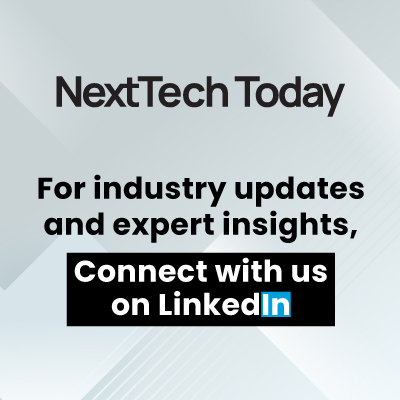PwC unveils 120 production-grade AI agents with Google Cloud, driving cross-industry automation, faster cycle times, and 30% cost reductions.
PwC unveiled a growing portfolio of over 120 AI agents, developed in collaboration with Google Cloud, that are helping reshape how organizations drive value through intelligent automation. Spanning 24 cross-functional workflows, these enterprise-ready agents leverage Google Cloud’s latest technologies – including Agentspace, Vertex AI, Gemini models and the Agent2Agent (A2A) protocol. These agents can be deployed locally or in Agentspace, and they work with PwC’s agent OS platform, delivering end-to-end business transformation entirely on Google Cloud.
This marks a major advancement in PwC’s multi-year co-innovation with Google Cloud, moving beyond client AI experimentation to a strong, modular fleet of production-grade agents. The initiative showcases a new class of evolving AI infrastructure—pairing Google Cloud’s Vertex AI and BigQuery with the Agent Development Kit (ADK), Agent Engine, and A2A Protocol, then adding PwC’s agent OS for orchestration—to power intelligent systems rooted in data, domain expertise, and enterprise‑grade control.
A technology-driven breakthrough in agentic systems
The agents are architected to deliver transformative impact across business domains, combining LLM reasoning, real-world data integration and embedded domain knowledge. Clients across industries are leveraging this ecosystem to accelerate outcomes —achieving up to eight times faster cycle times and over 30% cost reduction in targeted functions.
“Moving from proof-of-concept to production at this scale marks a turning point,” said Jason Ruge, Google Cloud Alliance Leader and Practice Principal, PwC US. “These 120 agents are designed for production use — each one is integrated, governed and auditable. This is an intelligent scale: the ability to spin up value-driven agents and workflows on demand, securely and at enterprise-grade. And, as part of PwC’s agent OS, they enable AI transformation across industries and business functions.”
Each agent is designed to operate autonomously or as part of orchestrated workflows, built based on business needs. The agentic systems are created with reusable micro-agent orchestration models (with five to 10 agents per workflow), enabling rapid adaptation across sectors. To support orchestration across varied agent platforms, PwC has integrated agent OS — a vendor-agnostic control layer that unifies workflows across ecosystems like Google Agentspace and client-side Vertex AI framework, to promote modularity, governance and scalable enterprise integration.
Cross-industry agent use cases
These agents are live at major clients, with sector-tailored capabilities including but not limited to:
- Retail: sales anomaly detection, underperformance diagnostics and workforce fraud detection
- Healthcare: clinical assistant agents, automated patient documentation and AI contract review
- Finance and Compliance: SOX and SOC2 compliance automation, FP&A validation and audit query resolution
- Telecom and Customer Service: natural language intent routing, eligibility checking and complaint resolution
These systems can be adapted quickly within and across sectors, empowering clients to spin up new solutions with minimal ramp-up. Although challenges such as latency and orchestration-overhead persist, PwC’s proven approach, paired with Google Cloud’s rapid enhancements through ADK and Agent Engine, is accelerating innovation. The result is a scalable, modular ecosystem that can evolve with enterprise needs.
“Agentic AI is fundamentally changing how many businesses operate, fueling a new era of cloud that can benefit virtually every area of an organization,” said Granville Valentine, Managing Director of AI GTM at Google Cloud. “By utilizing Google Cloud’s leading Agentic AI capabilities and data tools, PwC can help customers across industries unlock new insights that help them improve operations and be more productive.”



